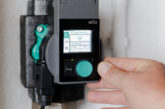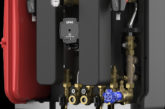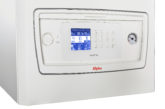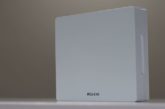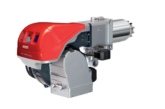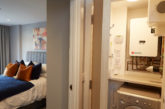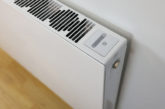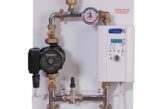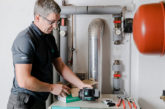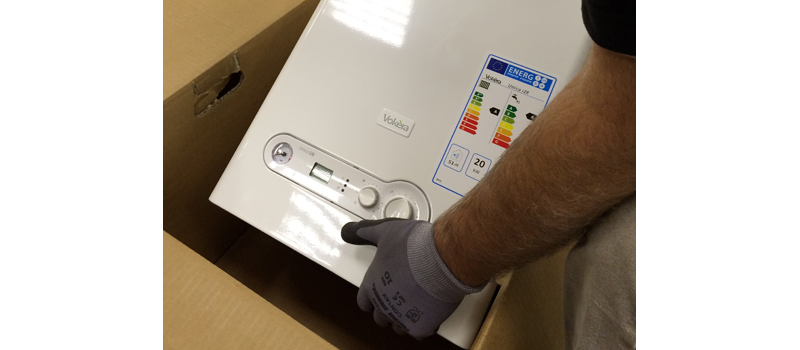
With ErP in full swing, Neil Mattock, Marketing Director at Vokèra, gives an overview of how the new system labelling procedure works and what controls can do to help installers provide efficiency savings to their customers.
Installers and homeowners are looking for ways to make their heating systems more efficient and provide them with energy and cost savings. Controls can provide installers with an effective way of making a boiler more efficient and provide a better energy performance rating for ErP.
By adding controls, the whole system can be made more efficient and will improve the rating. Controls will not carry an ErP label but they have been split into eight groups under the directive with each group adding an efficiency percentage to the space heating system rating. Each control class equates to a certain percentage uplift in system efficiency.
The control classes are broken down as follows:
Class I
On/off Room Thermostat: A room thermostat that controls the on/off operation of a heater. Performance parameters, including switching differential and room temperature control accuracy are determined by the thermostat’s mechanical construction. Package/system space heating uplift = 1%
Class II
Weather compensator control, for use with modulating heaters: A heater flow temperature control that varies the set point of the flow temperature of water leaving the heater dependent upon prevailing outside temperature and selected weather compensation curve. Control is achieved by modulating the output of the heater. Package/system space heating uplift = 2%
Class III
Weather compensator control, for use with on/off output heaters: A heater flow temperature control that varies the set point of the flow temperature of water leaving the heater dependent upon prevailing outside temperature and selected weather compensation curve. Heater flow temperature is varied by controlling the on/off operation of the heater. Package/system space heating uplift = 1.5%
Class IV
TPI room thermostat, for use with on/off output heaters: An electronic room thermostat that controls both thermostat cycle rate and in-cycle on/off ratio of the heater proportional to room temperature. TPI control strategy reduces mean water temperature, improves room temperature control accuracy and enhances system efficiency. Package/system space heating uplift = 2%
Class V
Modulating room thermostat, for use with modulating heaters: An electronic room thermostat that varies the flow temperature of the water leaving the heater dependent upon measured room temperature deviation from room thermostat set point. Control is achieved by modulating the output of the heater. Package/system space heating uplift = 3%
Class VI
Weather compensator and room sensor, for use with modulating heaters: A heater flow temperature control that varies the flow temperature of water leaving the heater dependent upon prevailing outside temperature and selected weather compensation curve. A room temperature sensor monitors room temperature and adjusts the compensation curve parallel displacement to improve room comfort. Control is achieved by modulating the output of the heater. Package/system space heating uplift = 4%
Class VII
Weather compensator and room sensor, for use with on/off output heaters: A heater flow temperature control that varies the flow temperature of water leaving the heater dependent upon prevailing outside temperature and adjusts the compensation curve parallel displacement to improve room comfort. Heater flow temperature is varied by controlling the on/off operation of the heater. Package/system space heating uplift = 3.5%
Class VIII
Multi-sensor room temperature control, for use with modulating heaters: An electronic control, equipped with three or more room sensors that varies the flow temperature of the water leaving the heater dependent upon the aggregated measured room temperature deviation from room sensor set points. Control is achieved by modulating the output of the heater. Package/system space heating uplift = 5%
The addition of even simple controls to a heating system can provide homeowners with reduced energy and costs while offering installers a business opportunity to sell controls with a new boiler. If everyone understands how controls can help energy performance ratings and can demonstrate these savings, it is easier to pass on the benefits.


